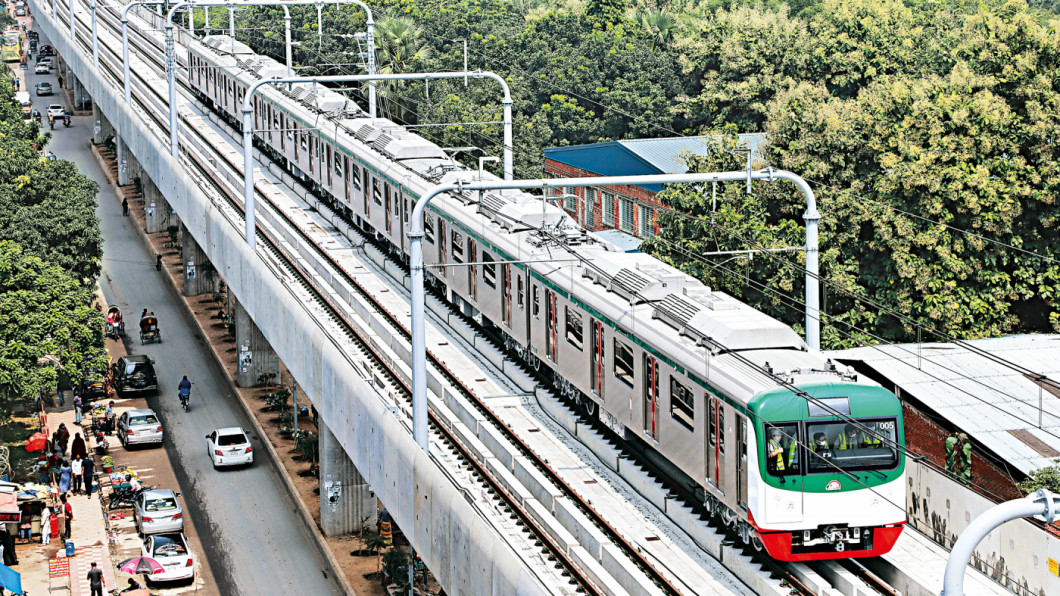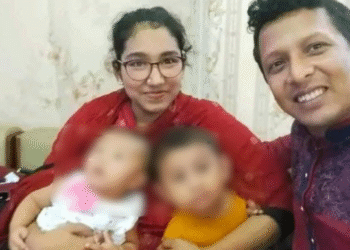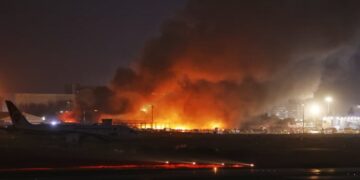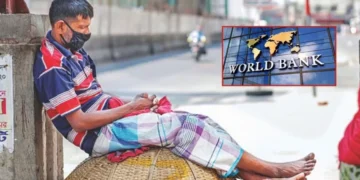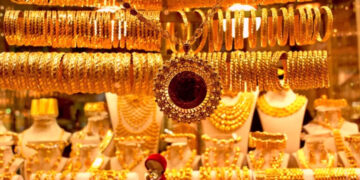The Metro Rail Budget for 2025–26 has nearly tripled, making it a rare standout in a year of spending cuts. Learn why the government made this bold move and what it means for Dhaka’s transport future.
In the proposed budget for the 2025–26 fiscal year, nearly every segment of the communication and transport sector has experienced either cuts or only marginal increases in allocation. However, one major exception stands out in bold the Metro Rail Budget. While other departments are facing austerity measures, the government has proposed almost double the allocation for metro rail compared to the previously proposed budget and nearly triple compared to the current year’s revised allocation.
This unexpected yet strategic budget increase is drawing attention from all sides, especially as it contrasts starkly with reductions in health, education, and agriculture spending. Let’s explore what’s behind this decision, who it affects, and why it matters.
Who’s Behind the Metro Rail Projects?
The Dhaka Mass Transit Company Limited (DMTCL) a state-owned enterprise is responsible for constructing and operating the metro rail projects in Bangladesh. It functions under the Road Transport and Highways Division of the Ministry of Road Transport and Bridges, which has included metro rail funding as part of the national development budget.
What the Numbers Say: A Budget Surge
A close analysis of the budget documents reveals the following:
-
In the 2024–25 fiscal year, DMTCL was allocated Tk 6,605.81 crore.
-
That amount was revised down to Tk 4,672.26 crore.
-
In the 2025–26 proposed budget, the government has raised the allocation to Tk 11,469.53 crore an astounding increase of nearly three times the revised figure.
Such a sharp rise in the Metro Rail Budget stands in stark contrast to most other sectors, where budget tightening is the new norm.
Why Such a Big Boost in the Metro Rail Budget?
When asked about the reasoning behind this major increase, Fawzul Kabir Khan, Advisor to the Ministry of Road Transport and Bridges, told:
“An allocation doesn’t necessarily mean the entire amount will be spent. Many contracts made under the previous government still need to be honored. To float tenders and continue work according to those contracts, adequate allocation is essential. However, we are actively working on reducing tender costs. If the costs go down, the actual expenditure will be less than the allocated amount.”
This explanation sheds light on the technical and administrative drivers behind the budget boost including continuity of contracts and upcoming tenders.
Metro Rail Expansion Plans Behind the Budget Hike
There are practical reasons behind the massive increase in the Metro Rail Budget, including:
-
Implementation of new routes such as MRT-2 and MRT-5, which are currently in planning and preparatory stages.
-
Rapid progress on existing projects, particularly the expansion of MRT-6, which currently operates from Uttara to Motijheel.
-
Increased financial support from international development partners, including the Japan International Cooperation Agency (JICA) and others enabling faster implementation of key infrastructure.
Read More: Drop in Primary Education Budget, Increase for Madrasa Sectors
Economic and Social Impacts of the Metro Rail Budget
Beyond the numbers, the Metro Rail Budget increase is expected to create far-reaching economic and social benefits:
-
Long-term solution to traffic congestion in Dhaka — one of the most densely populated and congested cities in the world.
-
Employment generation — through construction, operations, and supporting industries.
-
Reduced commuting time and cost for urban residents, improving overall productivity and quality of life.
The current operational line from Uttara to Motijheel has already made a noticeable impact on daily travel for thousands of city dwellers. The extension to Kamalapur is underway, and six more metro lines are in various phases of planning and construction all of which aim to reshape the future of Dhaka’s transport infrastructure.
While the Metro Rail Budget increase has been celebrated by many as a progressive investment in infrastructure, criticism has also surfaced.
Several experts and economists have raised concerns:
-
Why such a large allocation for a single mega project when essential sectors like health, education, and agriculture have received either modest increases or even reductions?
-
Is the government prioritizing image over immediate needs?
-
Could this money have been better distributed to uplift underserved sectors?
These concerns point to the broader debate about balancing long-term infrastructure development with short-term social needs specially in a developing country with limited fiscal resources.
The dramatic increase in the Metro Rail Budget for 2025–26 sends a clear message: the government is betting big on urban mobility and modern infrastructure. While other sectors are being asked to do more with less, metro rail stands alone as a symbol of future-forward planning and long-term investment.
However, with praise also comes pressure and this pressure to deliver projects on time, ensure transparency in spending, and demonstrate that such a large allocation is indeed worth the cost. As Dhaka inches toward becoming a smarter and more connected city, the success or failure of this ambitious metro rail expansion could very well shape public sentiment and policy direction for years to come.
Share via:

